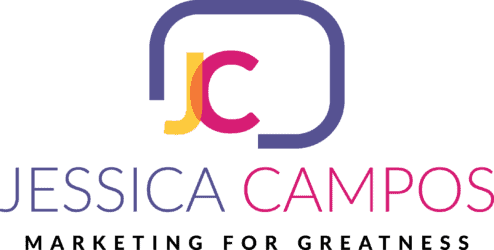3 Weird Sales Strategies That Produce Guaranteed Clients
Finding new people to buy your product or service is an important part of the entire sales process. Do you have a great product but aren’t gaining the right customers to buy it? Do you offer amazing services but you’re having a hard time getting people to say yes to your offer?
Are you not sure how to approach your customers or have a confusing sales message?
Use these 3 strategies to get people buying your products or services:
Charge for normally free advice
Pricing your products or services can be a difficult task. Luckily, research will save you a lot of time and efforts. If you have been offering your prospects free consultations, free templates, free strategies, and unlimited time to chat with you, chances are that your sales are not at the level that you expected. The solution: prestige pricing.
Prestige pricing occurs when a higher price is utilized to give an offering a high-quality image. Some stores have a quality image, and people perceive that perhaps the products from those stores are of higher quality. I am sure that you have plenty of examples in your mind. Starbucks, Apple, Victorias’ Secret, just to name a few.
People have certain prices they are willing to pay. Especially if your marketing materials show them clearly how much time they will save, how quickly they will experience results, and how satisfied your customers are. Testimonials are great for this!
Price Anchoring is another winning pricing strategy.
What’s the best way to sell a $2,000 watch? Right next to a $10,000 watch!
Why?
A common cognitive bias called anchoring is the culprit here. Anchoring refers to the “human tendency to rely too heavily on the first piece of information offered when making decisions.”
This bias is why a $2,000 watch almost seems like a bargain next to a more expensive watch but would seem like a super-premium purchase when placed next to a $49 Timex.
By placing premium products and services near standard options you can create a clear sense of value for potential customers, who will then view your less expensive options as a bargain in comparison.
The exclusive deal
You will be surprised here. Deals are associated with happiness.
In 2012, Coupons.com commissioned a study led by Dr. Paul J. Zak, professor of Neuroeconomics at Claremont Graduate University, to learn how coupons impact people’s happiness, health and stress. Together, they discovered that coupon recipients who got a $10 voucher experienced a 38 percent rise in oxytocin levels and were 11 percent happier than those who did not receive a coupon. Furthermore, their respiration rates dropped 32 percent, heart rates decreased by 5 percent and sweat levels were reportedly 20 times lower than their peers. Consequently, they felt more relaxed and less stressed.
Instead of creating a $0 Freebie, giveaway a BONUS with the purchase. Incentivize those who take action!
In 2012, The Economist published a post titled, “Something Doesn’t Add Up.” In it, the author explained that researchers from the Carlson School of Management at the University of Minnesota conducted an experiment to learn more about how consumers reacted to discounts and freebies. The conclusion was, “Shoppers… much prefer getting something extra free to getting something cheaper.” Sadly, the explanation for the behavior is less than flattering. “The main reason is that most people are useless at fractions.”
As emotional creatures, people are more inclined to accept free offers than discounted ones. The results speak for themselves. “The researchers sold 73 percent more hand lotion when it was offered in a bonus pack than when it carried an equivalent discount.” Whether they are right or not, shoppers believe they get a better deal when they walk away with something for free instead of spending less on their overall purchase.
During your sales call, take the time to go through your proposal, discussing pain, solutions, pricing, and bonuses for those who take quick action.
The “I am closing your file” email
If you have heard any of these statements from your prospect:
- “I need to confer with other managers here.”
- “I need more time to decide.”
- “Call me in about a month.”
Then this strategy will flip your prospects into clients immediately. You just need to be corageous because it will sound a bit rude.
If you’re selling, you’ve likely heard these and other variations of the put off and the postpone. You’ve turned yourself into a wolfhound that pursues and pursues until you get your teeth into the meat. Come what may, you’ve been determined to close the sale no matter what. Nice intention. Poor approach.
Why is this a poor approach? Because these responses are just another way of saying, “No.” And “no” 30 days from now is still the same as “no” today. If you settle for these responses, you’re letting your pursuit instinct take the lead from your thinking mind.
Your prospects need to see you as the expert. You need to show them that you don’t have time to waste, as there are many people that can benefit from your services or your products. Writing a clear email asking “should I close the file?” will allow you to get a response that will end the “I need more time” phase. Try this and let me know!
To your success and beyond, we go!

Forensic Marketing Expert | Influencer | Conversion Strategist for Marketing Agencies & Business Owners
#marketingforgreatness #moresales #marketingforresults

